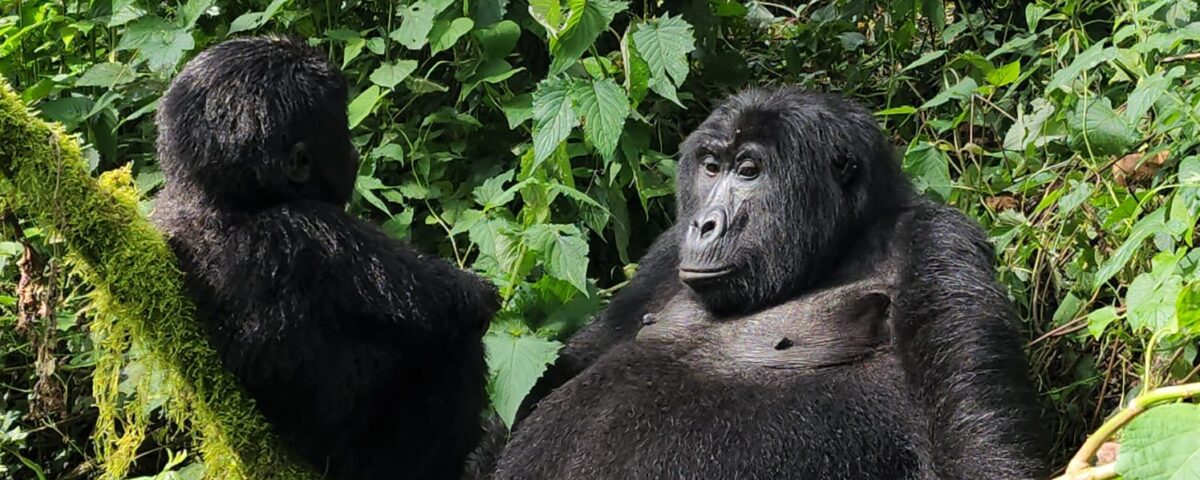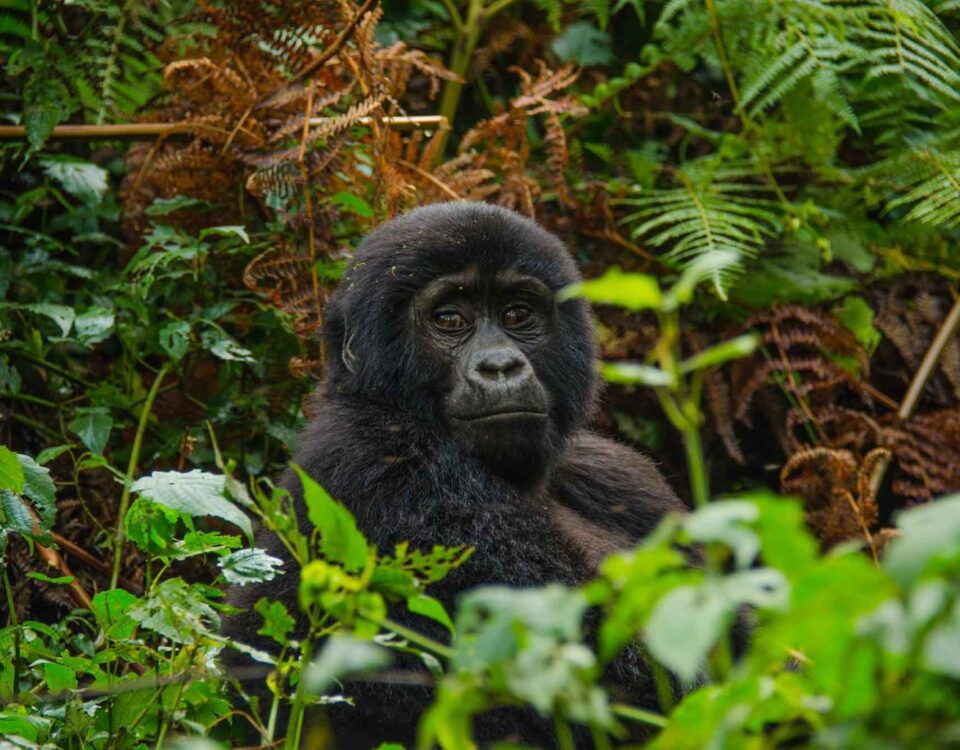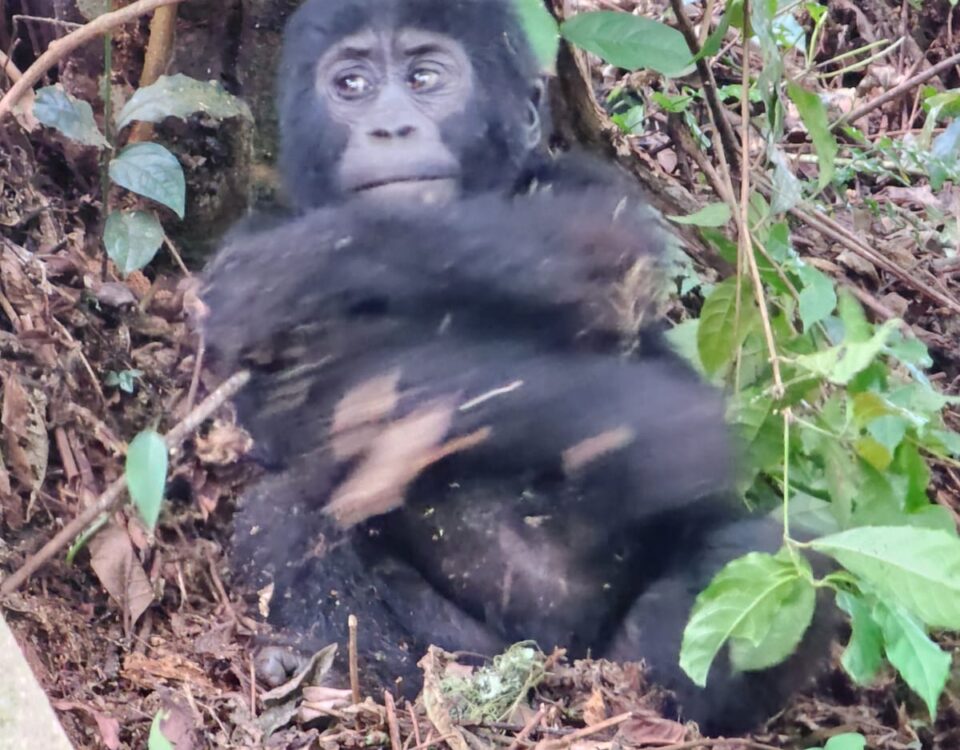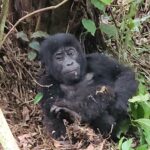
Is It Safe to Go Gorilla Trekking in Uganda?
March 24, 2025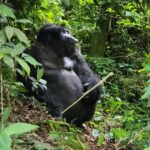
How Many Days Do You Need for Gorilla Trekking?
March 25, 2025Is Uganda or Rwanda Better for Gorilla Trekking?
Gorilla trekking is one of the most sought-after wildlife experiences in the world. Few activities allow you to get as close to some of the most endangered species on Earth as trekking to see mountain gorillas in their natural habitat. Two African countries, Uganda and Rwanda, offer unparalleled opportunities for this incredible adventure. Both countries are home to mountain gorillas, but they differ in the experience, ease of access, and costs. In this article, we will explore the unique aspects of gorilla trekking in Uganda and Rwanda to help you decide which destination is better for you.
Overview of Gorilla Trekking Destinations in Uganda and Rwanda
Mountain gorillas live in the volcanic mountains of East Africa, specifically in the Bwindi Impenetrable Forest National Park in Uganda and the Volcanoes National Park in Rwanda. Uganda, through the Bwindi Impenetrable Forest, has the largest population of mountain gorillas, while Rwanda’s Volcanoes National Park provides an equally mesmerizing experience but with a slightly smaller gorilla population. Both destinations provide an opportunity to visit these majestic creatures in their natural, protected environments.
Uganda: Bwindi Impenetrable Forest
Bwindi Impenetrable Forest is a UNESCO World Heritage Site located in southwestern Uganda, renowned for its rich biodiversity and dense, mist-covered forests. The park offers an immersive trekking experience, with several gorilla families habituated to human presence. Uganda’s gorilla trekking routes are diverse, offering trekkers different terrains to explore, ranging from steep hills to valley floors. With a larger population of gorillas compared to Rwanda, Bwindi provides a higher chance of encountering gorillas during treks.
Rwanda: Volcanoes National Park
Rwanda’s Volcanoes National Park, located in the northwest of the country, is part of the Virunga Massif and is home to several habituated gorilla families. The park is also famous for its breathtaking volcanic landscapes, which provide a stunning backdrop for trekking. Rwanda’s gorilla trekking experience is often considered to be more accessible due to its shorter trekking distances compared to Uganda. However, it offers fewer gorilla families to visit compared to Bwindi.
Ease of Access
One of the major factors to consider when choosing between Uganda and Rwanda for gorilla trekking is ease of access.
Uganda
To reach Bwindi, travelers typically fly into Entebbe International Airport (EBB), which is approximately a 1-hour flight to Kisoro or a 9-hour road trip from Kampala, Uganda’s capital. Although the road journey can be longer and rougher, it’s a good way to experience Uganda’s rural landscapes and culture. Once at Bwindi, the trekking starts at different trailheads, depending on the gorilla family allocated to the trek. The trek can be challenging, depending on your starting point, making it a more physically demanding experience compared to Rwanda.
Rwanda
Rwanda is known for its well-maintained infrastructure, making travel more straightforward. Kigali, the capital city, is only about two hours by road from Volcanoes National Park, making it much easier and quicker to reach compared to Bwindi. The park’s proximity to the capital allows travelers to quickly transition from city life to the wilderness, a key advantage for those with limited time. Additionally, the trekking trails in Volcanoes National Park tend to be shorter and more manageable, making Rwanda the ideal option for those looking for an easier trek.
Cost of Gorilla Trekking
The cost of gorilla trekking in Uganda and Rwanda is a significant consideration when choosing between the two destinations.
Uganda
As of recent years, Uganda has been considered the more affordable destination for gorilla trekking. The price for a gorilla trekking permit in Uganda is approximately $800 per person per trek. This cost includes a guided trek, park fees, and the opportunity to spend an hour with the gorillas. Uganda’s lower permit prices make it an attractive choice for travelers looking for an affordable wildlife adventure.
Rwanda
Rwanda’s gorilla trekking permits are notably more expensive. The cost for a gorilla trekking permit in Rwanda is $1,500 per person per trek, making it one of the most expensive wildlife experiences in Africa. However, the high price includes the benefit of well-maintained trails, excellent infrastructure, and shorter treks. The additional cost also contributes to the conservation efforts in the country and the management of the park.
Gorilla Trekking Experience
Both Uganda and Rwanda offer intimate, unforgettable experiences, but the trekking conditions and experiences vary significantly.
Uganda
Gorilla trekking in Uganda is often described as a more rugged and adventurous experience. The dense, hilly terrain of Bwindi Impenetrable Forest makes trekking here physically demanding. However, many trekkers appreciate the thrill of navigating through dense vegetation and the chance to explore a less commercialized environment. Uganda offers a more raw, unfiltered experience of nature, where trekkers can engage in a longer, more strenuous trek that rewards them with an unforgettable encounter with mountain gorillas.
Rwanda
Rwanda’s trekking experience is known for being more accessible and comfortable. The trails are well-maintained, and because the gorilla families are located in a more compact area, the trekking distances are often shorter. While this means less of a physical challenge, it also means you may get to spend more time observing the gorillas. The scenery in Volcanoes National Park is nothing short of stunning, with views of the majestic volcanoes in the backdrop. Additionally, Rwanda’s treks tend to have a slightly more refined and exclusive feel due to the smaller number of visitors.
Conservation Efforts and Sustainability
Both Uganda and Rwanda have committed to preserving their gorilla populations, which are critically endangered. Rwanda, in particular, has received praise for its strong conservation practices, including its rigorous anti-poaching efforts, controlled visitor numbers, and contributions to local community projects. Uganda also plays a significant role in gorilla conservation, with ongoing efforts to protect Bwindi’s unique ecosystem and support local communities through tourism.
Conclusion: Which is Better for Gorilla Trekking?
Ultimately, the decision of whether Uganda or Rwanda is better for gorilla trekking depends on your personal preferences. If you’re seeking a more affordable, rugged adventure and don’t mind longer treks through dense forest, Uganda may be the ideal choice for you. On the other hand, if you prefer a shorter, more accessible trek with the advantage of proximity to a capital city and a slightly more exclusive experience, Rwanda may be more suited to your needs.
Both destinations offer incredible opportunities to encounter one of the world’s most majestic creatures in their natural habitat, and no matter which country you choose, gorilla trekking is sure to be an unforgettable experience.
At Samz Tours Uganda, we offer tailored itineraries to both Uganda and Rwanda to ensure that your gorilla trekking adventure is extraordinary. Whether you choose Uganda or Rwanda, we are here to help you create memories that will last a lifetime.

